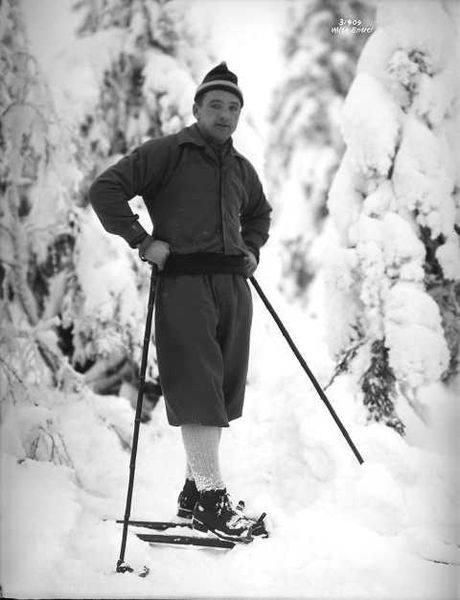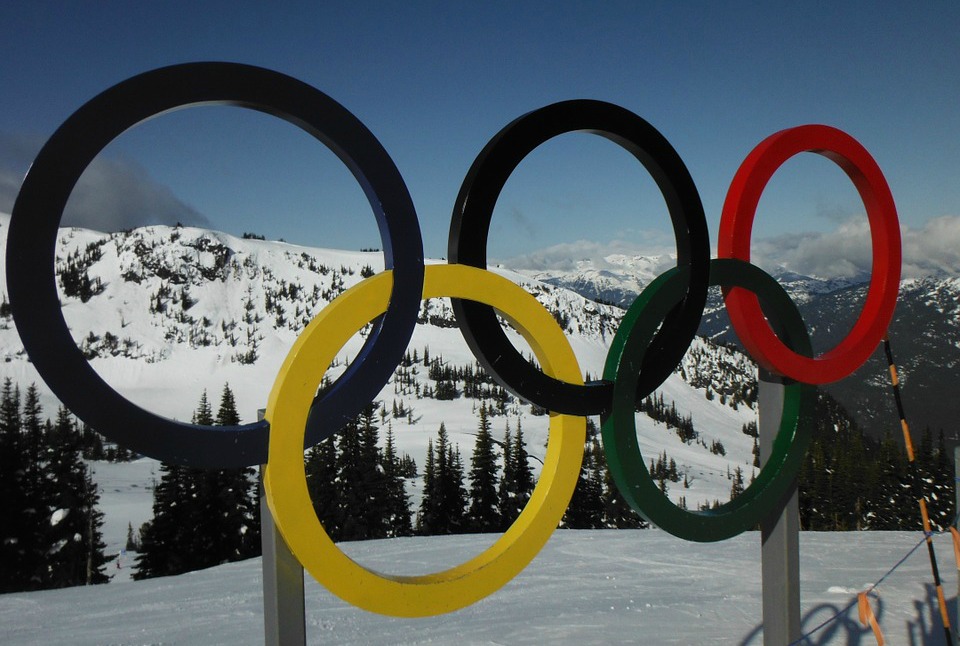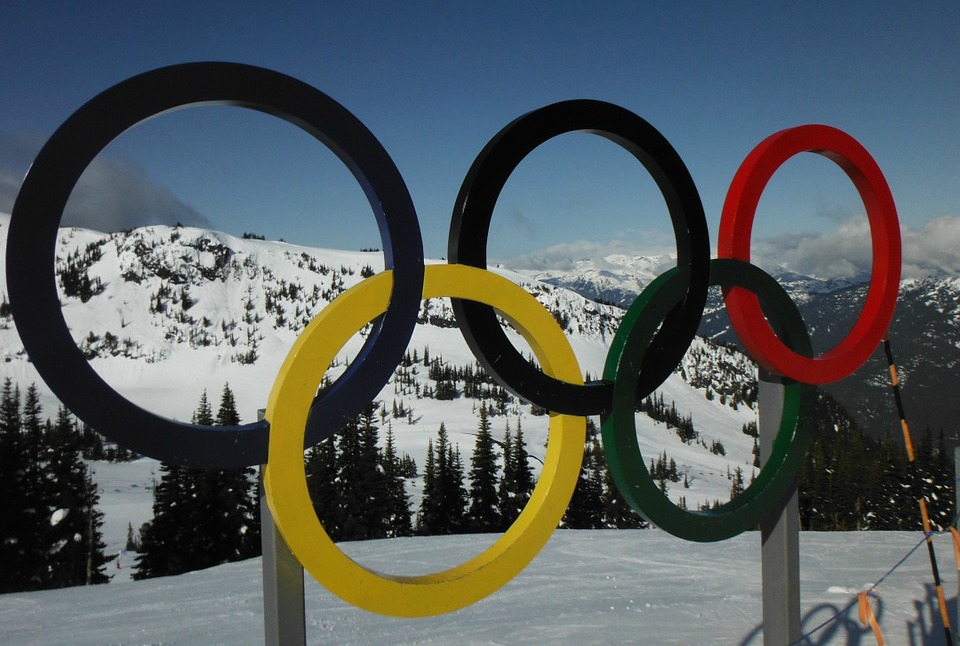Winning at sports takes skill, practice…and a little good luck. Here are some Olympians who could have used a rabbit’s foot (or some new officials).
Who’s Counting?
The 1932 Games in Los Angeles featured a 3,000-meter steeplechase for horses. The race was close as the horses entered the final lap…or what was supposed to be the final lap. Somehow, the judges had lost count and let the race run for an additional lap. American Joseph McCluskey would have won a silver medal, but was passed on that second “final” lap and only won the bronze.
Too Good For His Own Good

Watch This!
At the 1932 Summer Games in Los Angeles, Frenchman Jules Noël’s discus throw went farther than anyone else’s, but distracted officials were busy watching the pole vault competition. Result: The throw was “unofficial.” They apologized and let him throw again, but it fell short of the previous mark. Noël ended up in fourth place—just short of a medal.
A Horse Too Short
Olympic gymnasts know that the “horse” in the women’s vaulting competition is supposed to be set at 125 centimeters (about four feet) off the floor, and that’s what they practice on. But the people who installed the horse at the 2000 Games in Sydney, Australia, set it at 120 centimeters—5 centimeters (about 2 inches) too short. Several gymnasts misjudged the height and fell, including the favorite, Russia’s Svetlana Khorkina, who missed her landing and was so shaken that later she also fell off the uneven bars.










